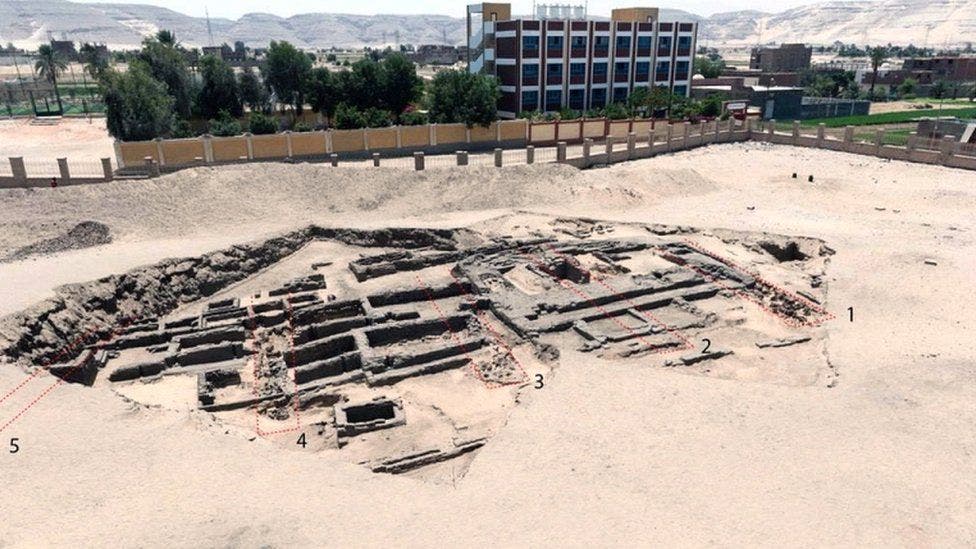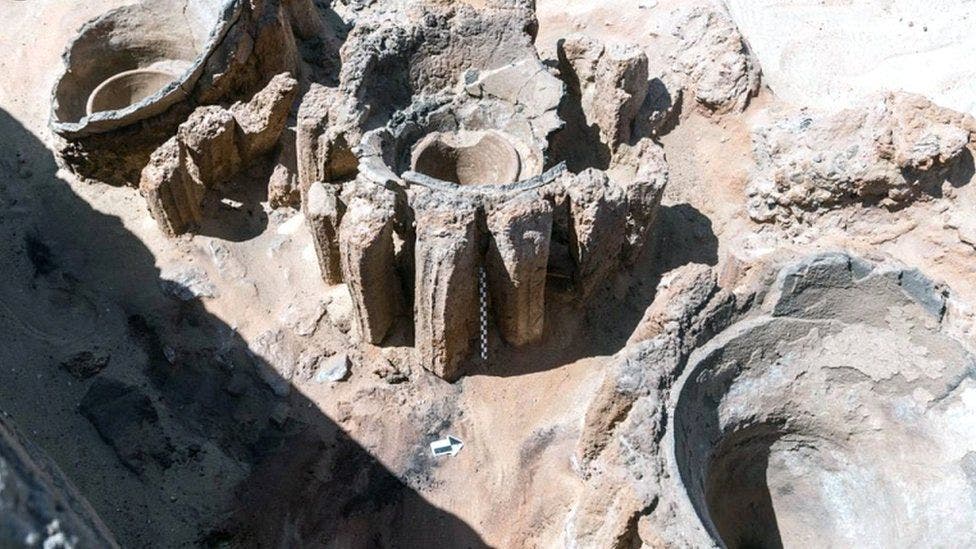
Humans have had a relationship with beer that spans all the way to prehistory. We know that people have been brewing beer in Israel as early as 13,000 years ago, even long before they started growing cereals. When they did finally start growing grain, humans did so to brew more beer rather than bake bread. However, it wasn’t until 5,000 years ago or so that beer was brewed in a systematic, industrial manner, judging from recent excavations in Egypt.
Beer brewed in kingly volume
The ancient brewery was discovered in Abydos, a prominent sacred city and one of the most important archaeological sites of ancient Egypt. Since 1912, archaeologists working at the site have unearthed all sorts of artifacts, including eight-grain kilns dating back to 3100 to 2700 BCE. However, it was only recently that the dozens of excavations at the site completed the jigsaw puzzle, revealing the full extent of the archaeological complex, which also includes tombs and other structures.

According to archaeologists at the University of Pennsylvania who took part in the North Abydos expedition, the facility consisted of eight large areas, each measuring 20 meters (65 feet) long. Each production area contained about 40 earthenware pots arranged in two rows. This suggests that the factory could have produced beer at quite a large scale for its time, with about 22,400 liters (5,000 gallons) being made at maximum capacity during one batch.
“At more than 22,000 liters per batch, the scale of production at Abydos was an order of magnitude greater than anything else of its time. Both its scale and location in a sacred desert landscape at Abydos reserved exclusively for the use of Egypt’s early kings situate the brewery as an important component of a new system of royal expression at a critical moment in Egypt’s history, along with the construction of monumental tombs and ritual enclosures, the sacrificial burial of courtiers and retainers, and in one case the burial of an entire fleet of boats,” said Wendy Doyon, an archaeologist at the University of Pennsylvania.
Matthew Adams of New York University, the co-head of the archaeological mission at Abydos, believes the factory was designed specifically to supply the royal rituals with beer at the funeral facilities of the kings of Egypt. The estimated date of the facility corresponds to the so-called Naqada III period, which includes the reign of King Narmer.
“We can now add to these better-known symbols of early royal power an industrial production site built on an unprecedented scale to support royal ritual at ancient Abydos,” Doyon added.









